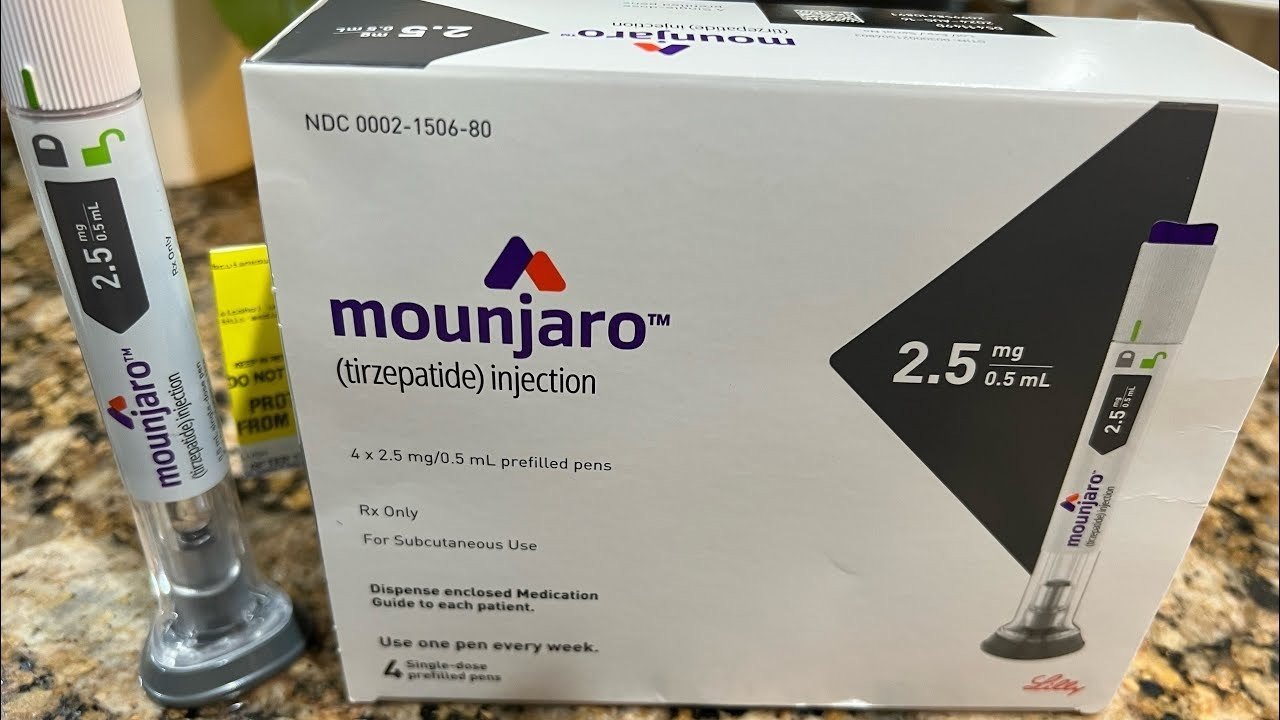Chandrayaan-3 inches close to the Moon, sends vivid images
- EP News Service
- Aug 06, 2023

(Left) Chandrayaan-3 major manoeuvres (Right) Images captured from the spacecraft
BENGALURU: Late on Sunday a week earlier the Indian Space Research Organisation, commonly referred to as ISRO, completed its first Moon-bound manoeuvre, a day after Chandrayaan-3 was guided into an elliptical lunar orbit.
With the successful completion of the lunar manoeuvre, ISRO will be left with three more Moon-bound manoeuvres to progressively reduce the spacecraft’s altitude before it attempts to separate the landing module, Vikram (the lander) and Pragyan (the rover) from the propulsion module.
Since the launch on July 14, Chandrayaan-3 has completed eight major manoeuvres, five Earth-bound manoeuvres between July 15 and 25, which raised its altitude to more than 1.2-lakh-km at Apogee (farthest point from Earth), the trans-lunar injection (TLI) on August 1, which put it in a path towards Moon at an altitude of nearly 3.6-lakh-km, the lunar orbit insertion (LOI) and the first lunar-bound manoeuvre.
With this planned orbit reduction manoeuvre ISRO has said that the spacecraft’s altitude at Apolune (farthest point from Moon) was reduced from 18,074 km to 4,313. Before the landing module breaks away from the propulsion module, the integrated spacecraft will have to achieve a 100km circular orbit from the current elliptical orbit around Moon.
Post lander separation, Vikram, carrying Pragyan inside, will be put in a 100km x 30km orbit around Moon and Isro will attempt to soft-land the lander on the lunar surface, scheduled as on date, for 5.47 pm on August 23. The landing will be achieved through a series of complex braking manoeuvres to softland in the South Polar region.
The current mission follows Chandrayaan-2, where a last-minute glitch in the landing guidance software led to the lander crashing after entering lunar orbit.
It was launched from Satish Dhawan Space Centre Second Launch Pad in Sriharikota in Andhra Pradesh and was dubbed as 'Bahubali' due to the very heavy payload mass of 3900 kgs. While the propulsion module was weighing 2148 kg, the lander module (Vikram) has a weight of 1752 kg including the rover (Pragyan) of 26 kg.
The equipment on Chandrayaan-3 is designed to conduct several experiments on the Moon including measuring the thermal conductivity and temperature of the lunar surface, the seismicity around the landing site, and to estimate the plasma density and its variations.
The rover has instruments like the X-ray spectrometer (APXS) to derive the chemical composition and infer the mineralogical composition of the lunar surface and to determine the elemental composition of lunar soil and rocks around the lunar landing site.











Reporter
Crisp, and to the point news coverage from India and around the world.
View Reporter News